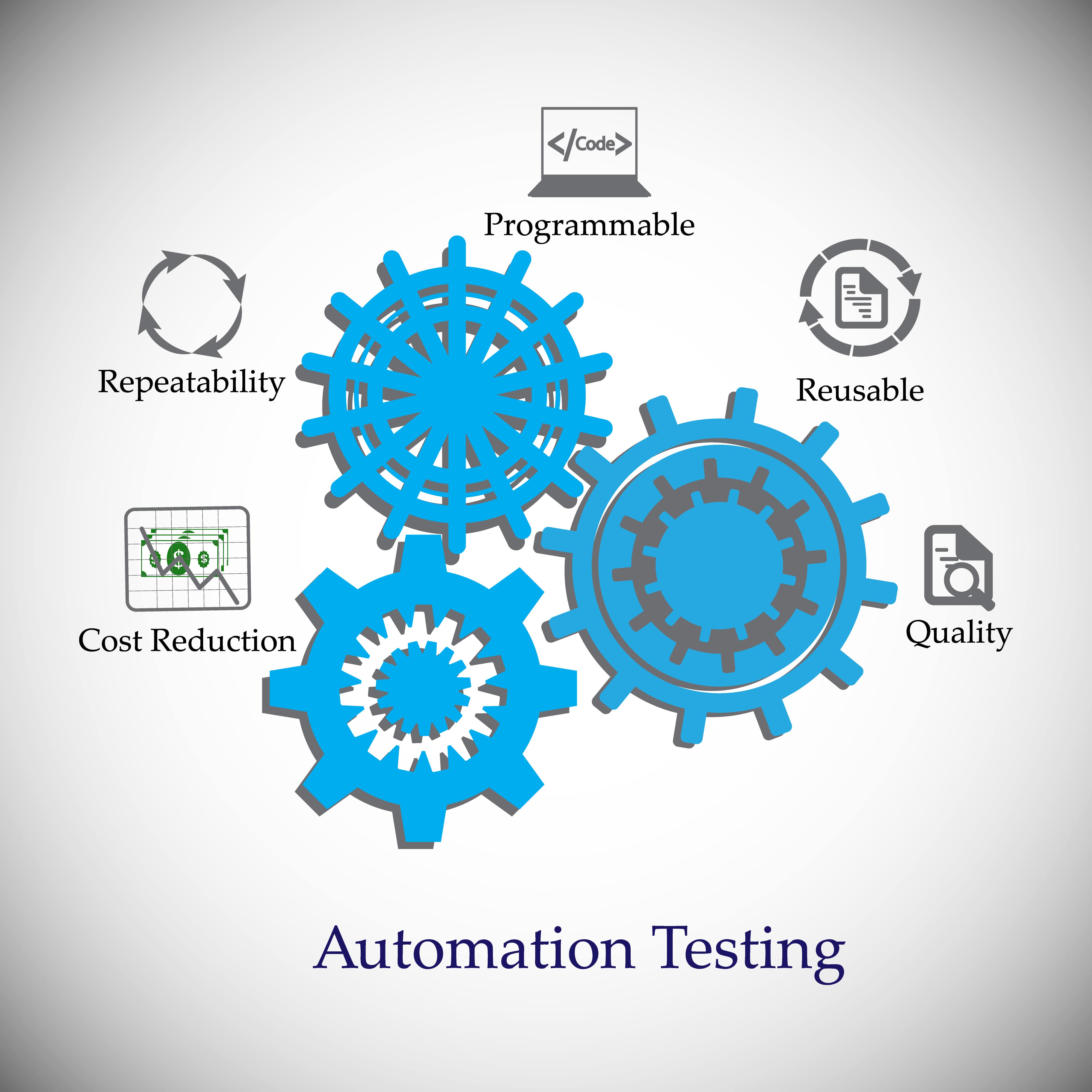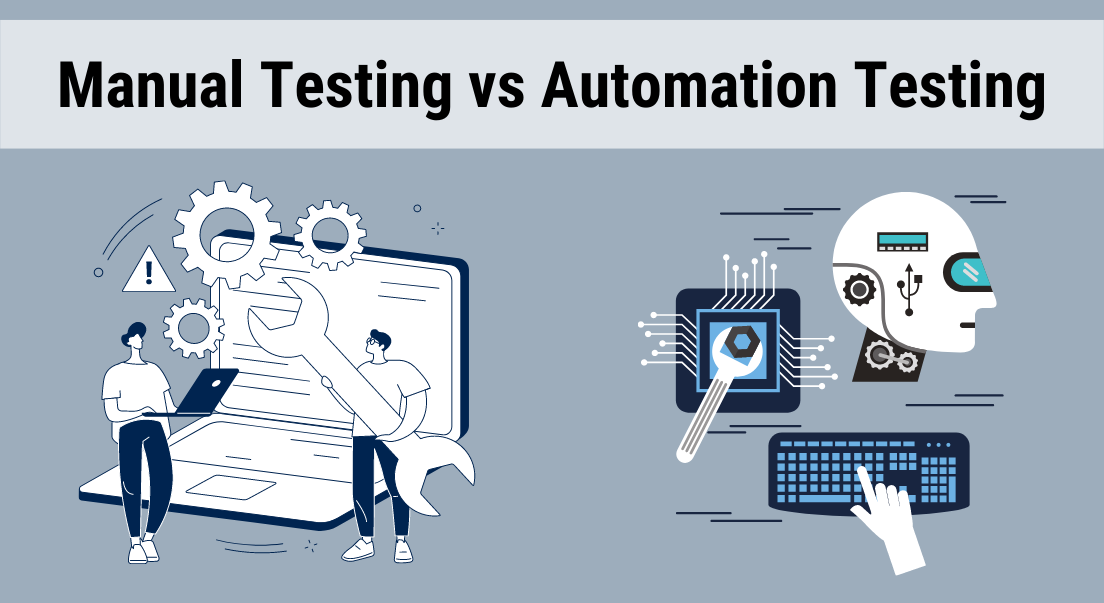Automation Testing Techniques: Finest Practices for Seamless Combination
Automation Testing Techniques: Finest Practices for Seamless Combination
Blog Article
Guaranteeing Success in Automation Examining: Trick Metrics, Obstacles, and Solutions Every QA Team Need To Know
In the realm of software high quality assurance, the landscape of automation testing is ever-evolving, demanding a careful technique to ensure smooth operations. The trip to understanding automation screening is led with nuances that require an eager eye for tracking, evaluation, and continuous renovation. As the market thrusts forward, the pursuit for optimal performance in automation testing stays a consistent search, advising QA groups to furnish themselves with the knowledge and strategies vital for triumph.
Relevance of Trick Metrics
Understanding the value of vital metrics is important for reviewing the performance and performance of automation screening processes. Key metrics offer as measurable measures that offer important insights into various facets of the testing process, such as test coverage, test execution time, problem density, and test case efficiency. By assessing these metrics, QA teams can recognize traffic jams, ineffectiveness, and areas for enhancement within their automation testing structure.
One important aspect of crucial metrics is their capability to track progression and monitor the general health of the screening process (automation testing). They enable stakeholders to make informed decisions based upon data-driven insights, which can lead to extra reliable testing techniques and better source appropriation. In addition, crucial metrics can help teams established practical objectives, measure the success of automation initiatives, and show the ROI of automation screening initiatives

Common Obstacles Faced
Obstacles typically encountered in automation screening procedures can significantly influence the total efficiency and efficiency of QA groups. One of the major challenges is the choice of the best test situations for automation. Not all examination situations appropriate for automation, and picking the incorrect ones can result in lost time and resources. Additionally, preserving examination scripts can be a complicated job, especially as the application undertakes regular changes. Examination manuscript upkeep needs continual updates and alterations to ensure they reflect the present performance properly. Another common obstacle is the first financial investment needed for establishing automation frameworks and devices. This can be a barrier for some organizations, especially smaller ones with minimal spending plans. Additionally, automation testing might not cover all elements of testing, such as usability and customer experience testing, which still require manual intervention. Overcoming these difficulties calls for correct planning, calculated test situation selection, robust maintenance processes, ample resources, and a clear understanding of the limitations of automation screening.
Reliable Solutions for Challenges
To deal with the obstacles experienced in automation screening, implementing reliable services is vital for boosting the effectiveness and productivity of QA teams. One essential service is to buy robust training programs for QA teams to ensure they have the essential abilities to successfully use automation devices. Training can link expertise voids, improve understanding of automation frameworks, and enhance scripting abilities, inevitably resulting in a lot more efficient test development and execution.
An additional crucial solution is to establish clear communication channels within the QA group and with various other stakeholders, such as designers and task supervisors. Effective interaction assists in lining up expectations, sharing development updates, and without delay attending to problems or obstructions that may develop during the automation testing process.

Surveillance and Evaluation Methods
Applying effective monitoring and evaluation methods is crucial for making certain the success and effectiveness of automation screening processes. In addition, analyzing examination outcomes and metrics supplies important understandings into the top quality of the software being tested and the effectiveness of the screening technique.
One key method in monitoring and analysis is using dashboards that settle pertinent metrics and KPIs in an aesthetically easily accessible format. These control panels use a thorough summary of examination implementation standing, test coverage, problem visit the site trends, and various other essential details. Regularly assessing and evaluating these control panels can help QA groups make educated decisions, prioritize tasks, and enhance screening efforts.
Furthermore, carrying out automated signals and notices based upon predefined limits can boost positive tracking and timely intervention. By setting up signals for efficiency deviations or test failings, teams can attend to issues quickly and avoid them from rising. Generally, monitoring and evaluation methods play a crucial duty in making sure the efficiency and success of automation screening efforts.
Constant Enhancement Methods
Enhancing the effectiveness of automation testing procedures demands the consistent improvement of approaches and approaches. Continual renovation strategies are essential for QA teams to adapt to developing technologies and deliver high-grade software products. One key strategy to improving automation testing procedures is to conduct normal evaluations and retrospectives. By examining previous screening cycles, teams can determine bottlenecks, inadequacies, and areas for enhancement. Implementing comments loops and integrating lessons learned right into future testing frameworks can produce considerable renovations gradually.

Final Thought
To conclude, it is important for QA groups to understand the essential metrics, obstacles, and options in automation screening to ensure success. By thoroughly monitoring and analyzing information, executing reliable solutions to typical obstacles, and continuously improving approaches, QA groups can maximize their testing procedures and deliver high-grade software program items. Sticking to these methods will ultimately result in a lot more efficient and efficient automation testing practices.
By examining these metrics, QA teams can identify bottlenecks, inefficiencies, and locations for improvement within their automation screening structure.
Furthermore, essential metrics can aid teams set reasonable goals, determine the success of automation efforts, and show the ROI of automation screening efforts.
Challenges typically come across in automation screening procedures can considerably affect the total performance and performance of QA teams. Automation testing may not cover all elements of screening, such as functionality and customer experience screening, which still call for hand-operated treatment.In conclusion, it is essential for QA teams to recognize the crucial metrics, obstacles, and remedies in automation screening to ensure success.
Report this page